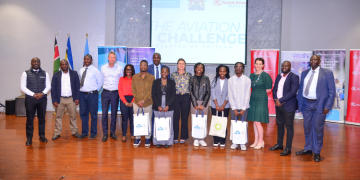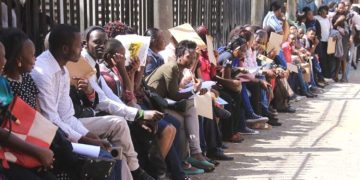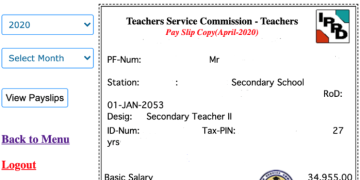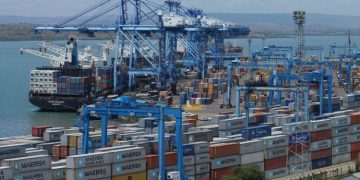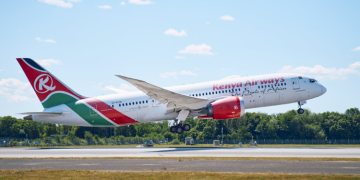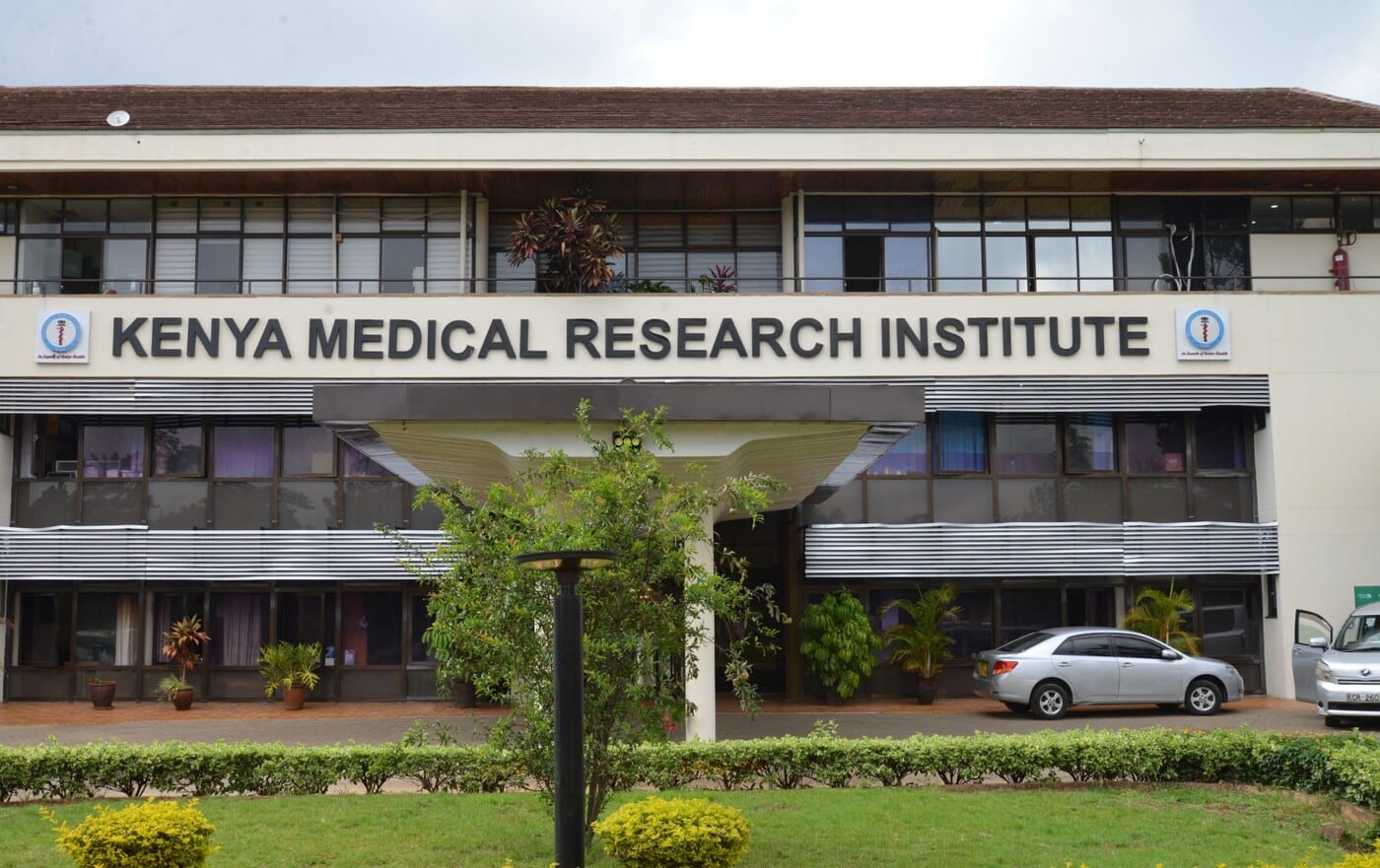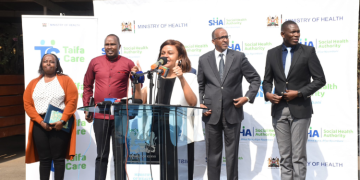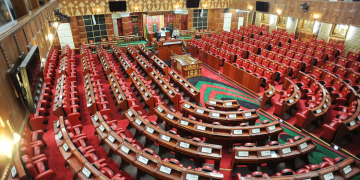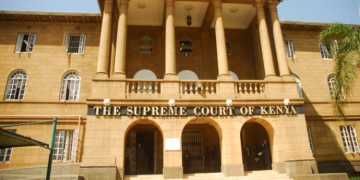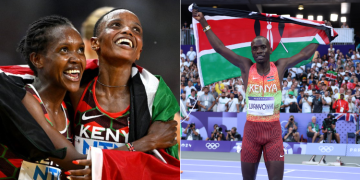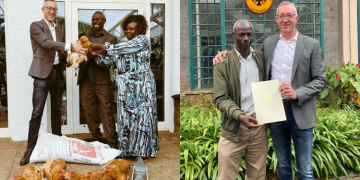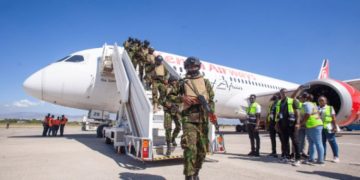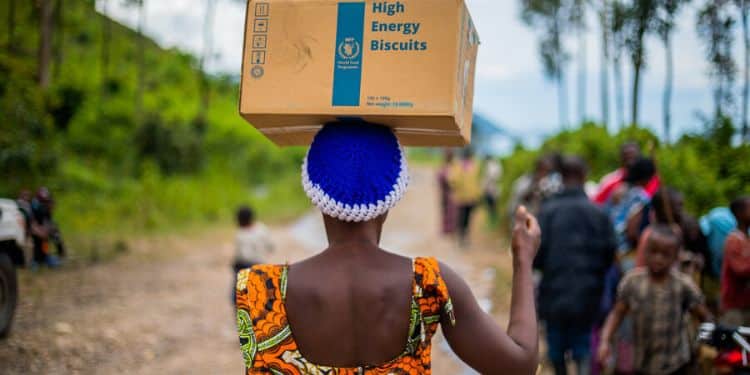More than 720,000 refugees in Dadaab, Kakuma, and Kalobeyei camps are bracing for a food crisis after the United Nations World Food Program (WFP) announced the worst cut in food assistance ever recorded in Kenya.
The agency says it will slash food rations to just 28% of daily nutritional requirements starting in June, with all cash assistance coming to a stop unless new funds are urgently secured.
The WFP announced on Wednesday, May 21, that the cuts come as the agency grapples with a Ksh6.7 billion (US$ 44 million funding gap).
This puts thousands of lives, especially those of children and pregnant or breastfeeding women, at immediate risk.
According to WFP’s Deputy Country Director in Kenya Baimankay Sankoh, the move will increase malnutrition and hunger.
“WFP’s operations supporting refugees in Kenya are under immense strain. With available resources stretched to their limits, we have had to make the difficult decision to again reduce food assistance.
“This will have a serious impact on vulnerable refugees, increasing the risk of hunger and malnutrition,” said Baimankay Sankoh.
Also Read: Murkomen Convenes Crisis Meeting as Refugees Stage Protests
WFP Explains Reason for the Refugee Funding Cuts
According to WFP, the move is further necessitated by the growing refugee population and growing funding shortfalls.
Over the last five years, Kenya’s refugee and asylum seeker population has increased by over 70%, climbing from 500,000 to 843,000 people because many fleeing conflict, drought, and famine in neighboring countries like Somalia and South Sudan.
According to WFP, many refugee families in camps like Dadaab, Kakuma, and Kalobeyei are already food insecure.
Additionally, the humanitarian organization noted that the Global Acute Malnutrition (GAM) rate among refugee children and breastfeeding mothers exceeds 13%, above the emergency threshold of 10%.
WFP’s nutrition program for children and mothers were discontinued in late 2024 due to lack of funds.
Also Read: European Union Pledges Support for Kenya’s Plan to Take in Sudan Refugees
What the Ration Cuts Mean for Refugees
The new ration cuts mean each refugee will receive less than a third of the recommended daily 2,100 kilocalorie intake.
This is down from the previous 40% they were receiving since February.
Without immediate intervention, WFP says the situation is expected to worsen, leading to rising malnutrition, school dropouts, and unsafe return journeys to unstable home countries.
“Less support will force refugees to make heartbreaking choices, parting with essential belongings, withdrawing children from school, or even a return to home countries despite the dangers,” Sankoh warned.
WFP, working with Kenya’s Department of Refugee Services (DRS) and the UNHCR, continues to support self-reliance programs for refugees and host communities like access to farmland, water infrastructure, and local food markets.
Follow our WhatsApp Channel and join our WhatsApp Group for real-time news updates




